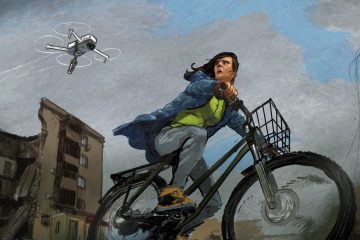An Insight into Rafale Fighter Jets: Capabilities and Impact

Introduction
The Rafale fighter jet, designed and built by the French aerospace company Dassault Aviation, has emerged as a cornerstone of modern military aviation. Its versatility and advanced technology continue to enhance the operational capabilities of numerous air forces around the world. With nations increasingly recognising the importance of air superiority, the Rafale aircraft has gained attention not just for its technical specifications but also for its strategic significance in global defence.
Key Features and Capabilities
The Rafale is a multi-role fighter capable of conducting various missions, including air-to-air combat, reconnaissance, and ground attack. Equipped with cutting-edge avionics and sensor systems, the jet provides pilots with superior situational awareness. It integrates a powerful array of weapons, such as the Mica and Meteor missiles, enabling it to engage targets at various ranges with unprecedented precision.
Furthermore, the Rafale’s unique stealth capability allows it to avoid detection by enemy radar systems, making it a formidable opponent in modern warfare. Its adaptability has been showcased in numerous operations, notably in the Middle East, where it has been employed in combat scenarios against insurgent forces.
Recent Developments and Acquisitions
As of 2023, the Rafale fighter jets have seen a significant rise in international sales. India, one of the prominent operators, has invested heavily in acquiring this advanced aircraft as part of its strategy to bolster air defence capabilities amid regional tensions. Recent reports indicate that the Indian Air Force is expanding its fleet with additional Rafale jets, enhancing its operational readiness.
Similarly, Qatar and Egypt have also placed orders for Rafale jets, recognising the aircraft’s strategic advantages. The French government has actively promoted the Rafale on the international market, leading to its increasing popularity among various air forces around the globe.
Conclusion
The Rafale fighter jet stands out as a symbol of innovation and strategic military thinking in a rapidly evolving global security landscape. Its advanced features, adaptability, and proven performance make it a critical asset for nations aiming to secure their airspace. As military dynamics change, the continued investment in Rafale fighter jets indicates their significance in shaping the future of aerial warfare.
In the coming years, it is anticipated that the demand for Rafale jets will continue to grow, particularly among countries keen on enhancing their defence capabilities amidst increasing geopolitical tensions. The ongoing development and upgrades to the Rafale platform will further ensure its relevance in global military aviation.







